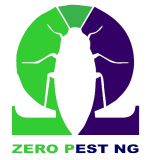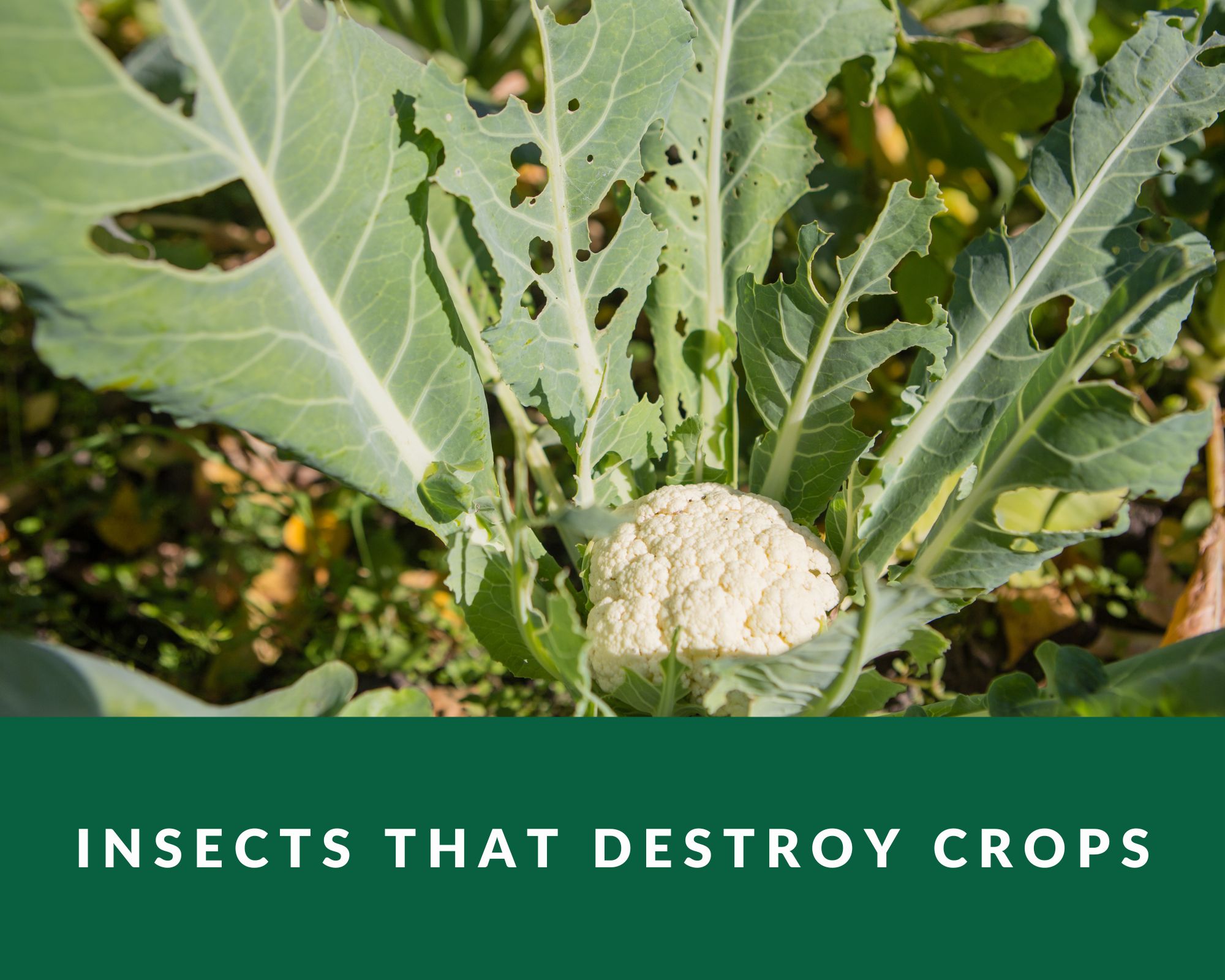
Some kinds of destructive insects can be a farmer’s nightmare and cause major damage to growing crops. Insects destroy crops indirectly and directly.
For instance, the direct method is when the insect feed on the plants as a source of nutrients. This can be done when they eat crop leaves, and fruits, burrow into the roots and so much more.
They also cause another form of damage whereby they transmit bacterial, viral, and fungal diseases into yam and potatoes. Now, it is common knowledge that there are so many destructive insects that should be gotten rid of.
They not only ruin gardens by entire farmland if not controlled properly but destroy millions of crops and the farmer’s hard work.
What insects destroy crops
Every year, farmers try to look for means to get rid of these pests and grow their crops well. This article will explore the common insects that farmers and gardeners have to combat. Here are some of the most destructive pests in agriculture:
1. Stem Borer
These are caterpillars that eventually complete their life cycle and turn into yellow or brown moths. They are any insect, larva, or arthropod that bores into plant stems. The larva of this insect feed into the stem of whichever plant it affects which causes it to dry out of the central shoot in young plants and the panicle in older plants.
These insects constitute the most injuries to cereal crops worldwide and are the cause of their limited production. This is because they are usually present in the crops from the seedling stage to maturity barely giving them any time to grow.
– Scientific name – Scirpophaga incertulas
– Crops affected – Finger millet, maize, sugarcane, mango, rice, sorghum, etc.
2. Locusts
These are probably the most popular pest and also one of the most dangerous in the agricultural industry. These pests have been around for thousands of years and have continually caused so much damage to crops all over the world.
They are related to grasshoppers and have enormous swarms that spread across regions devouring crops. Their destruction is very devastating as they can eat their weight in crops every single day.
– Scientific name – Schistocerca gregaria
– Crops affected – They affect any and every crop that is still green. They strip plants of their green leaves and leave them bare.
3. Bean aphids
These are one of the most popular aphid insect species and they can be found in the temperate region of Western Europe, North America, and even Asia, and Africa.
They are usually dark green or even dark grey and they gravitate towards new growth in dense clusters. It uses its piercing-sucking mouth part to feed on the sap of plants, leaving it dry. They are the most serious pest of broad beans and also affect French beans as well.
Scientific name – Aphis fabae
Crops affected – Bean, asparagus, carrots, Gaga bean, celery, corn, squash, rhubarb, pea, spinach, onion, leek, lettuce, etc.
4. Stink Bugs
These insects are native to Asia, China, Korea, Japan, and other Asian regions in particular. When you think about stink bugs, you may imagine them mainly being pests in your home.
What you do not know is that these insects are major threats to green crops and have been destroying them for years. They mostly go for the stems and leaves of plants and the juices of fruits and vegetables.
They also emit a highly unpleasant and very foul odor.
– Scientific name – Halyomorpha halys
– Crops affected – Apples, cotton, sorghum, peak and beans, berries, peppers, soybean, tobacco, red clover, tomatoes, etc.
5. Bollworm
This is a very dangerous pest, especially in the southern cotton-growing states. The larva attacks the fruiting bodies of various crops most especially cotton which it is more drawn to.
When they are done, they migrate and also attack fresh parts until they are done with that farmland. The younger the plant, the more damage a bollworm can cause to the plant as they attack younger, growing plants.
Scientific name – Pectinophora gossypiella
Crops affected – Cotton, sorghum, beans, soybeans, sweet corn, sunflowers, tobacco, tomato, etc.
6. Mormon cricket
These crickets are fairly large and a major danger to crops. Although they become pests about once or twice in a decade, they cause a lot of damage because they move in a flock and migrate over large areas.
They are not crickets but are shield-backed katydids and they got their name when they attacked the crops of Mormon settlers in the mid-1800s. It can grow up to 3 inches long and comes in a variety of colors.
– Scientific name – Anabrus simplex
– Crops affected – Bluegrass, dandelion, mustard, pepper weeds, alfalfa, etc.
7. Caterpillars
Caterpillars are also one of the most popular insect pests that cause damage to crops. They strip plants of their leaves by feeding on them and burrow holes into fruits and vegetables.
The army caterpillar, which is very widely known, attacks young seedlings at ground level and feeds on them. They are very voracious feeders and a lot of them are among agricultural pests. Sometimes caterpillars also cause damage to wooden structures by boring them.
Scientific name – Order Lepidoptera
Crops affected – Rice, sugarcane, cabbage, beet, soybeans, etc.
8. Japanese beetles
These beetles are not pests that come from Japan but instead originated in New Jersey in the United States. They are highly destructive plant pests and they destroy plants, flowers, and grass.
They destroy plants by chewing on the tissue of leaves leaving behind skeleton-looking leaves and after some time, the plant dies. The adult Japanese beetles feed on more than 300 species of plant and few farmlands make it when they attack.
Scientific name – Popillia japonica
Crops affected – Soybean, corn silks, hollyhock, elm, raspberry, birch, currant, rose, grape, linden, apple, cherry, etc.
9. Weevils
These small insects are more mighty than one might think and can cause considerable damage to both growing and mature crops. The larvae of a weevil live underground for a while and take that time to feed on the root of crops. While adults feed above ground on the leaves of some plants.
Scientific name – Curculionoidea
Crops affected – Wheat, rice, barley, corn seed, rye, buckwheat, peas, cottonseed, sorghum, oats, peas.
10. Grass Thrips
These small insects which can be winged or wingless attack crops by laying their eggs on or under leaves, and then they proceed to suck the sap out of them to plants causing them to crumble and die.
Scientific name – Haplothrips aculeatus
Crops affected – Beans, onions, carrots, squash, roses, etc.

